Lab Activities

Simple Pendulum
Students will test varying masses and lengths, to determine their effect on the pendulum's period.
Simple Pendulum
Students will test varying masses and lengths, to determine their effect on the pendulum's period.
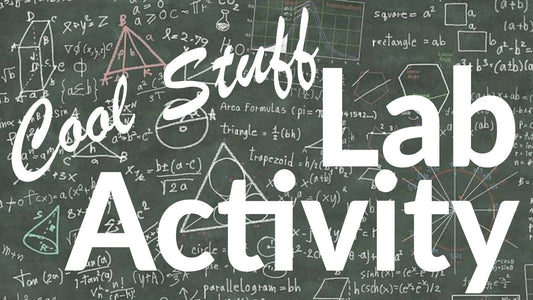
Lab #35.1 Electricity and Magnetism: Batteries and Bulbs
In this activity, students will explore various arrangements of batteries and bulbs, and the effects of those arrangements on bulb brightness.
Lab #35.1 Electricity and Magnetism: Batteries and Bulbs
In this activity, students will explore various arrangements of batteries and bulbs, and the effects of those arrangements on bulb brightness.
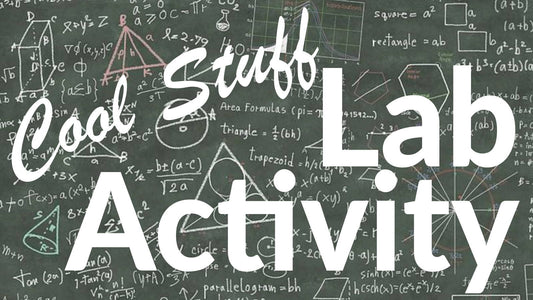
Ticker Tape Motion
Students will record and graph the motion of a car that moves with constant acceleration.
Ticker Tape Motion
Students will record and graph the motion of a car that moves with constant acceleration.
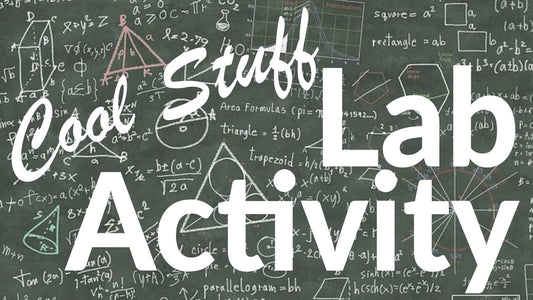
Car and Ramp: Speed and Acceleration
This experiment will use photogates to find the speed and acceleration of a car rolling down a ramp.
Car and Ramp: Speed and Acceleration
This experiment will use photogates to find the speed and acceleration of a car rolling down a ramp.
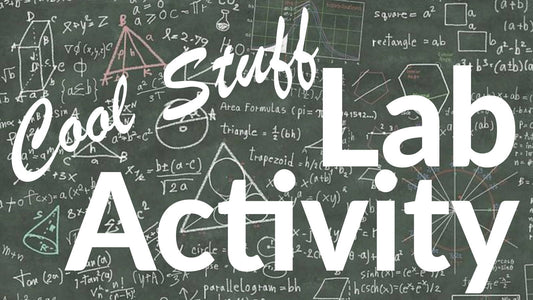
Motion on a Level Air Track
In this simple lab using an Air Track, students will quantitatively observe the motion of a glider when the track is as level.
Motion on a Level Air Track
In this simple lab using an Air Track, students will quantitatively observe the motion of a glider when the track is as level.
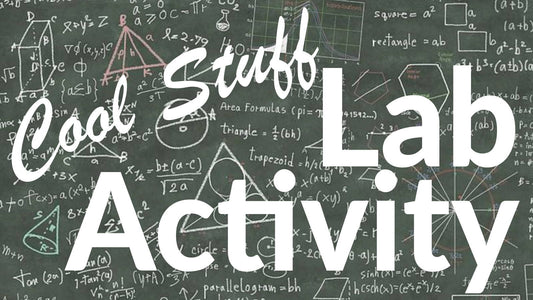
The Monkey and Hunter
Students will observe that the vertical and horizontal components of motion are independent.
The Monkey and Hunter
Students will observe that the vertical and horizontal components of motion are independent.

Lab #34.1 Electricity and Magnetism: Ohm, Ohm on the Range
Students will utilize a simple circuit, ammeter, and a voltmeter to measure corresponding values of current and voltage in the circuit.
Lab #34.1 Electricity and Magnetism: Ohm, Ohm on the Range
Students will utilize a simple circuit, ammeter, and a voltmeter to measure corresponding values of current and voltage in the circuit.
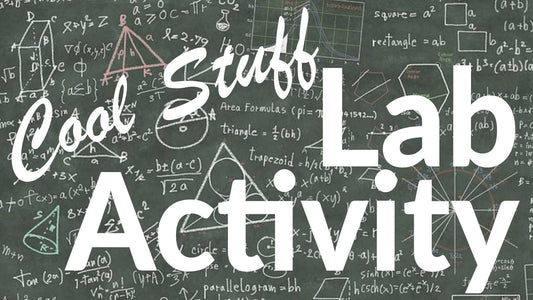
Range of an Angled Projectile
Students will launch the projectile vertically and find the launch velocity. They will use that velocity to predict the projectile's range for a given launch angle.
Range of an Angled Projectile
Students will launch the projectile vertically and find the launch velocity. They will use that velocity to predict the projectile's range for a given launch angle.

Lab #33.7 Electric Fields: Charging Ahead
In this activity, students will observe the effects and behavior of static electricity.
Lab #33.7 Electric Fields: Charging Ahead
In this activity, students will observe the effects and behavior of static electricity.
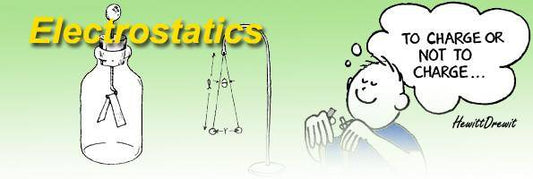
Lab #32.1 Electrostatics: A Force to be Reckoned
In this investigation, students will explore the nature of a force. Students will determine whether or not the force is distinct from other known forces.
Lab #32.1 Electrostatics: A Force to be Reckoned
In this investigation, students will explore the nature of a force. Students will determine whether or not the force is distinct from other known forces.
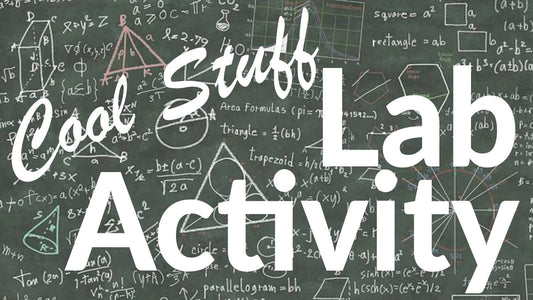
Range of a Horizontal Projectile: Advanced
Students will measure a horizontal projectile's launch velocity and predict the projectile's range. They will then place a target at their prediction and observe if they were correct.
Range of a Horizontal Projectile: Advanced
Students will measure a horizontal projectile's launch velocity and predict the projectile's range. They will then place a target at their prediction and observe if they were correct.

Teaching Motion with the Air Puck
Students will investigate how the motion of an object is affected after a push or pull acts on it.
Teaching Motion with the Air Puck
Students will investigate how the motion of an object is affected after a push or pull acts on it.
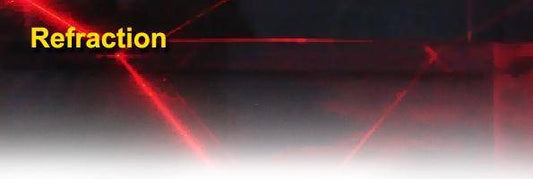
Lab #29.12 Light: Trapping the Light Fantastic
In this activity, students will investigate the behavior of light as it passes from one transparent material to another.
Lab #29.12 Light: Trapping the Light Fantastic
In this activity, students will investigate the behavior of light as it passes from one transparent material to another.
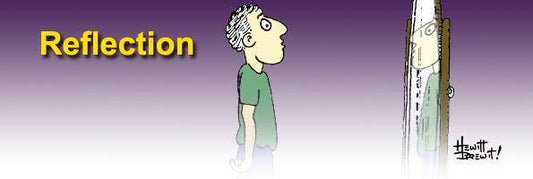
Lab #29.3 Light: Mirror, Mirror on the Wall
Students will investigate the minimum size mirror required for you to see a full image of yourself.
Lab #29.3 Light: Mirror, Mirror on the Wall
Students will investigate the minimum size mirror required for you to see a full image of yourself.

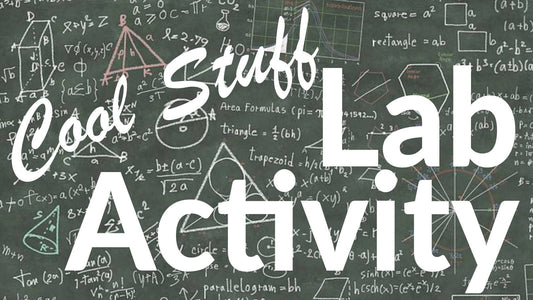
Acceleration Galileo's Inclined Plane
Students will perform a classic Galileo experiment to measure acceleration.
Acceleration Galileo's Inclined Plane
Students will perform a classic Galileo experiment to measure acceleration.


